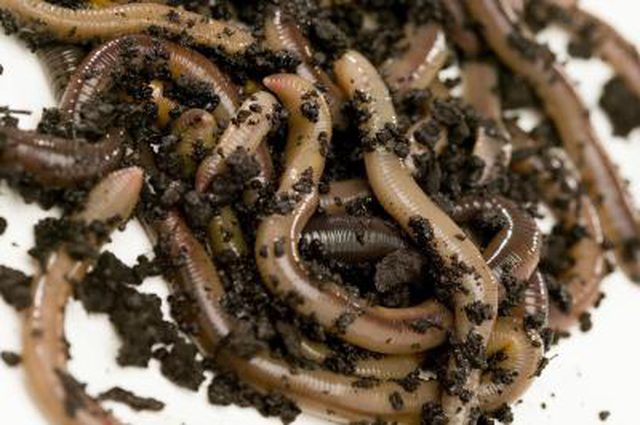Bulbs
Flower Basics
Flower Beds & Specialty Gardens
Flower Garden
Garden Furniture
Garden Gnomes
Garden Seeds
Garden Sheds
Garden Statues
Garden Tools & Supplies
Gardening Basics
Green & Organic
Groundcovers & Vines
Growing Annuals
Growing Basil
Growing Beans
Growing Berries
Growing Blueberries
Growing Cactus
Growing Corn
Growing Cotton
Growing Edibles
Growing Flowers
Growing Garlic
Growing Grapes
Growing Grass
Growing Herbs
Growing Jasmine
Growing Mint
Growing Mushrooms
Orchids
Growing Peanuts
Growing Perennials
Growing Plants
Growing Rosemary
Growing Roses
Growing Strawberries
Growing Sunflowers
Growing Thyme
Growing Tomatoes
Growing Tulips
Growing Vegetables
Herb Basics
Herb Garden
Indoor Growing
Landscaping Basics
Landscaping Patios
Landscaping Plants
Landscaping Shrubs
Landscaping Trees
Landscaping Walks & Pathways
Lawn Basics
Lawn Maintenance
Lawn Mowers
Lawn Ornaments
Lawn Planting
Lawn Tools
Outdoor Growing
Overall Landscape Planning
Pests, Weeds & Problems
Plant Basics
Rock Garden
Rose Garden
Shrubs
Soil
Specialty Gardens
Trees
Vegetable Garden
Yard Maintenance
How Fast Do Red Wigglers Reproduce?
How Fast Do Red Wigglers Reproduce?. Red wigglers (Eisenia foetida) are one of the most popular worms to use in composting systems. In part, this is due to their rapid reproduction rate.

Red wigglers (Eisenia foetida) are one of the most popular worms to use in composting systems. In part, this is due to their rapid reproduction rate.
Cocoons
When red wrigglers mate, they produce small, yellow sacs called cocoons. Sexually mature wrigglers can produce between two and four cocoons a week. The cocoons take between four and a half and 11 weeks to hatch. On average, three hatchlings emerge from each cocoon.
Age of Maturity
Red wigglers reach the age of maturity at approximately 3 months old. According to the City of Eulessí worm composting page, once red wigglers have matured they will develop a "bulbous gland about one-third of the way down its body called the clitellum." Once the clitellum appears, the wiggler is able to reproduce.
Rate of Reproduction
Though it takes two red wigglers to mate, each wiggler will produce its own cocoon. Assuming an average of three cocoons a week, with an average of three hatchlings per cocoon, one wiggler can produce approximately 468 hatchlings per year. As the hatchlings mature, they will produce cocoons of their own, rapidly increasing the wiggler population.
Climate Control and Reproduction
Cold weather can delay sexual maturity in red wigglers. According to Vermicoast, for optimum reproduction rates, soil should be kept at 65 to 80 degrees Fahrenheit and "moist to the touch, but not dripping."